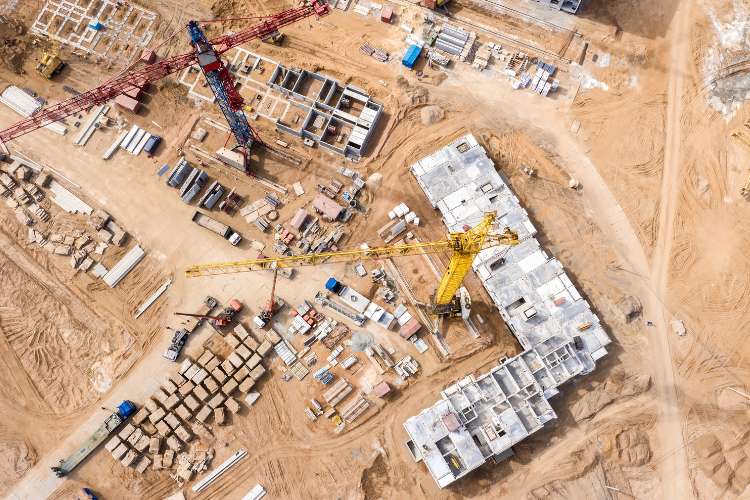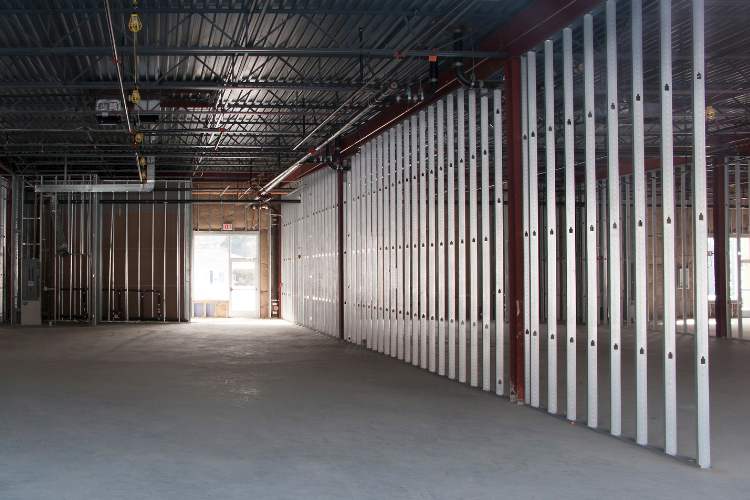The goal of any construction project is to maximize the quality, durability, and efficiency of the project — while minimizing its total cost. When you achieve this as a sub, you enhance the overall value of the project. Smart subcontractors have dedicated themselves to finding ways to maximize project value. Initially, it may have been small, ad hoc actions that subs would take to trim down costs. However, over time, this practice has matured into a full blown process of reviewing a project and systematically assessing how they can increase its value. This process is called “value engineering.”
As a subcontractor, you can use the principles of value engineering to demonstrate your expertise to GCs and increase your profit margins. Below, we explain how.
Table of Contents
What is Value Engineering?
Value engineering is a multi-step planning process where your team meets to review the project, performs a functional analysis of the construction plans, and offers alternative solutions to increase the value of the project. This can include designers, other contractors, and even specific value engineering professionals.
There are typically five phases of value engineering:
- Information: Gathering data about the project
- Speculation: Brainstorming ideas to reduce costs while maximizing function
- Evaluation: Analyzing those ideas
- Development: Further investigating and elaborating on promising ideas
- Presentation: Proposing ideas to decision-makers like the GC or project owner
It’s important to recognize that while value engineering shouldn’t be considered solely a method of cutting costs, it can provide financial benefits to all project stakeholders, including the GC and owner, not just the sub.
During the value engineering process, subcontractors have an opportunity to use their deep knowledge of materials to offer more cost-effective alternatives. By considering all factors of a material — for example, cost, upkeep, wear-and-tear, and aesthetics — you can recommend alternative materials that enhance the value of a project and increase your own margins.
How is Value Defined On a Construction Project?
In construction, value is typically defined as the ratio of function, or benefits, to cost.
This calculation of value must take into account initial and long-term costs and benefits. While there are initial investments (for example, the cost of materials and construction labor), there are also long-term costs, such as material maintenance and repairs. By choosing a material that will hold up for a longer period of time, you can reduce long-term costs.
How to Implement Value Engineering
For some projects, there will be a dedicated value engineering process or workshop to determine any changes to the project. However, subcontractors can use a more informal value engineering process for any project.
Here’s how:
- The construction plans will generally specify the exact type and/or brand of material to use.
- However, based on your expert knowledge of other products available to you, you may determine that a different brand or grade of material will offer more value to the project, without changing the building’s aesthetics.
- You can propose your alternate material via a submittal.
- In many cases, the architect or design professional of record will defer to your expertise and approve the change, increasing your profit margins as a result.
In some cases, those savings can go directly to your margins. In other cases, you may split the savings with the general contractor and/or owner. For example, say the original product would have cost $50,000, but your material recommendation would only cost $35,000. That’s a total of $15,000 in savings. You may increase your margin by $15,000. Or, alternatively, you could offer to lower your price by $7,500 if the architect approves your change. That means you and the architect split the difference and the cost saving of$7,500 each is passed realized by yourself and passed along to the general contractor / owner.
Generally, this process takes very little time — and has the potential to significantly boost your margins.
Examples of Value Engineering
Brand and Quality of Paint
Construction plans may specify a particular brand and grade of paint. However, architects tend to use the same specs over and over again, and may only select particular brands or grades of paint because they happen to have recently spoken with a brand representative.
A painter, however, will have a deeper knowledge of the quality, durability, and availability of alternate paints, and may be able to suggest one that will match the architect’s vision at a lower price point.
Solid Countertops to Laminate Countertops
Interior designers will often spec solid surface countertops, which can be quite expensive. By suggesting laminate countertops instead, you can save a significant amount of money. And this generally won’t take away from the aesthetic vision of the project, as you can often find laminate countertops that look like solid surfaces.
Flooring Alternatives
When selecting flooring materials, you must not only think about initial investment, but also the total cost of ownership. Between the amount of foot traffic that will move through the building, upkeep expenses, and environmental factors like humidity levels, you can easily incur additional repair and labor costs in the long term. With that in mind, if you can suggest an alternative flooring material, you can greatly enhance the value of the project, while potentially reducing costs.
Perhaps the most significant benefit of value engineering is that it can help build stronger trust between you and the rest of the project team. As you propose materials that add value to the project at a lower cost than originally planned, you can build a reputation of quality work and earn repeat business.










